He was born in 1926 in Småland county, in southern Sweden
More precisely on March 30th, 1926 in Pjätteryd, Älmhult municipality.
He grew up in a farm in southern Sweden
His family’s farm was called Elmtaryd, and was near the village of Agunnaryd in Småland.
His father was a German immigrant
His grandfather Achim moved to Sweden from Germany with wife Franziska and sons Feodor and Erich in 1896.
Early career
He began selling matches at the age of five. By age seven, he would cycle around the local area and make sales to neighbours. Later on he started to sell fish, Christmas decorations, pens and pencils.
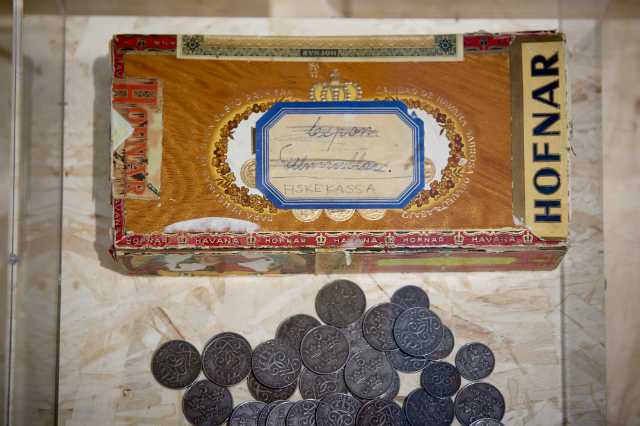 Money box. Ingvar Kamprad sold fish to farms close by using his mother’s bike. The money from the sales was put in this little box. Photo: © Inter IKEA Systems B.V. 2017
Money box. Ingvar Kamprad sold fish to farms close by using his mother’s bike. The money from the sales was put in this little box. Photo: © Inter IKEA Systems B.V. 2017
He founded Ikea
In 1943, when he was 17, he registered a company called Ikea. The acronym contains his initials, Ingvar Kamprad, and those of Elmtaryd and Agunnaryd, where he grew up.
He needed authorisation from his father and his guardian
Young Kamprad needed permission to start a business. He had a document from his father, but also needed the signature of his main guardian. He got on his bicycle and went to see him in Bankaboda, near Agunnaryd. After some convincing, he got his signature.
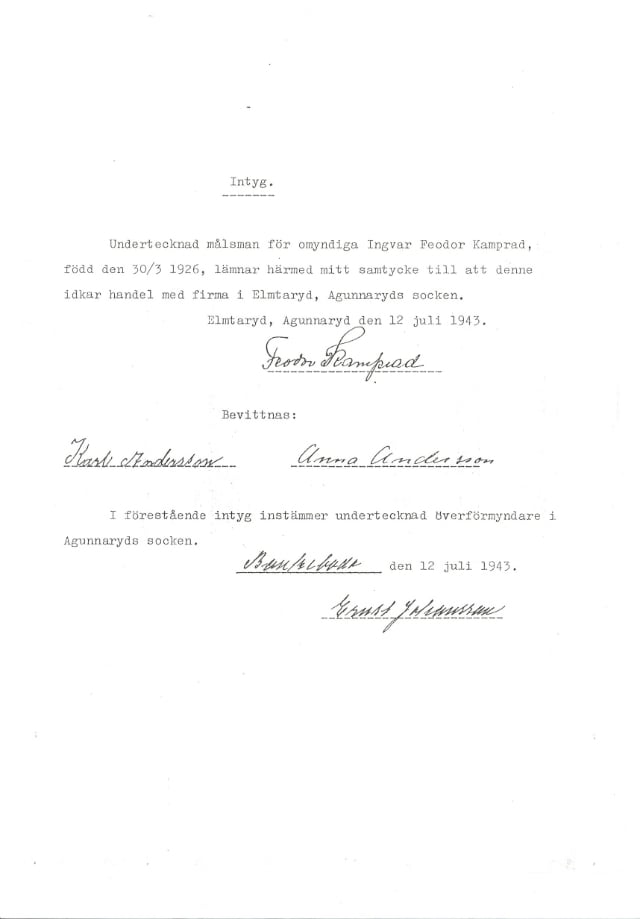 Photo: © Inter IKEA Systems B.V. 2017
Photo: © Inter IKEA Systems B.V. 2017
Ikea was originally a mail order company with no stores
In its beginnings, Ikea sold everything from pens, wallets and picture frames to watches, jewellery and nylon stockings.
It only started selling furniture in 1948
When first introduced to the Ikea line, furniture was produced by local manufacturers in the forests close to Kamprad’s home.
First showroom in 1953
Ikea opened its first showroom in 1953, during a price war with one of its competitors. In order to avoid jeopardising quality as the prices fell, Kamprad decided to open a showroom, where people could see and touch the products before ordering them.
Its first store opened in Älmhult in 1958
The shop was the largest furniture display in Scandinavia at the time, with 6,700 square metres.
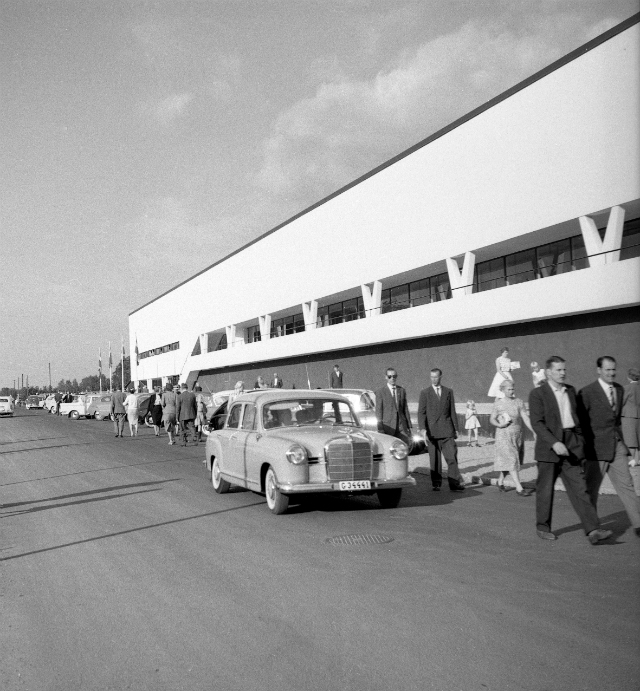 First Ikea store in Älmhult, Sweden. Photo: © Inter IKEA Systems B.V. 2017
First Ikea store in Älmhult, Sweden. Photo: © Inter IKEA Systems B.V. 2017
He was boycotted by Swedish suppliers
Which is what drove Ikea to start designing and producing its own furniture.
He wrote a manifesto
He wrote ‘The Testament of a furniture dealer’ in 1976. The nine-point document lays down the essence of Ikea.
He was awarded several medals, orders, and honours
Kamprad was awarded a H. M. the King’s Medal (H.M. Konungens medalj), the Royal Order of Vasa (Kungliga Vasaorden), and the gold medal from the Swedish Academy of Engineering (Ingenjörsvetenskapsakademiens stora guldmedaljen).
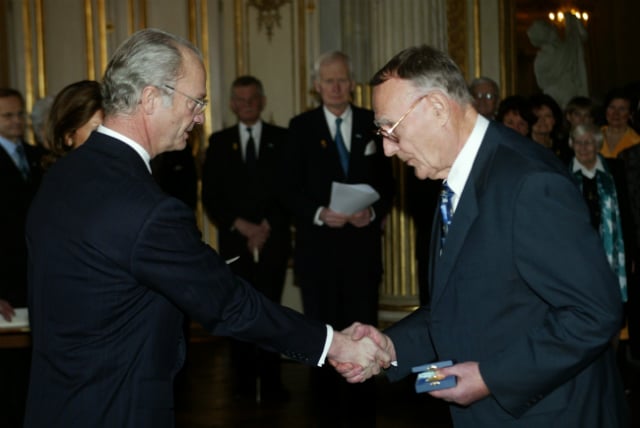
Kamprad receiving H. M. The King's Medal from King Carl XVI Gustaf in 2004. Photo: Jack Mikrut/TT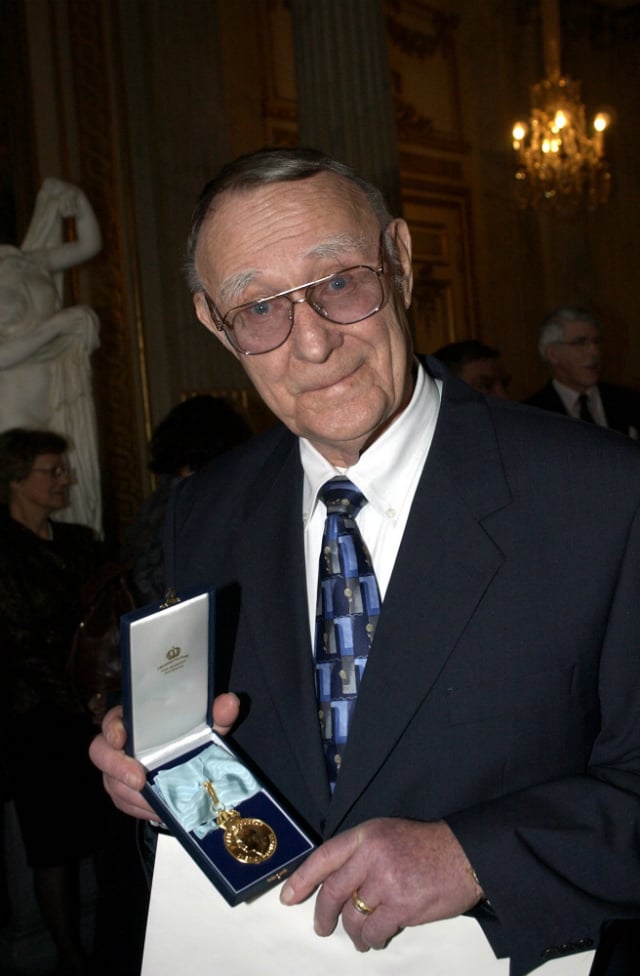
Kamprad with his H. M. The King's Medal. He received a 12th size with the ribbon of the Order of the Seraphim. Photo: Janerik Henriksson/TT
And a Lifetime Achievement Award from the Swedish Chamber of Commerce
It was presented to him at the Swedish Chamber of Commerce’s 50th anniversary celebrations in the Netherlands
He held several honorary degrees
Including two honorary doctorates in Economics, from Lund University (1983) and Växjö University (2005), and an honorary doctorate in forestry from the Swedish University of Agricultural Sciences (2004). He was also an honorary member of the Lunds Nation society at Lund University.
His portrait has gone down in history
A photographic portrait of Kamprad was presented to the National Portrait Collection as Honorary Portrait in 2010. The collection, housed at Gripsholm Castle, is the world’s oldest national portrait collection, with over 4,600 portraits from the late 16th century to the present.
He was known for his frugality
There are a number of anecdotes about his lifestyle, including that the billionaire only flew economy class, stayed in cheap hotels, and replaced minibar bottles with ones bought in the supermarket. He also said he only bought second hand clothes.
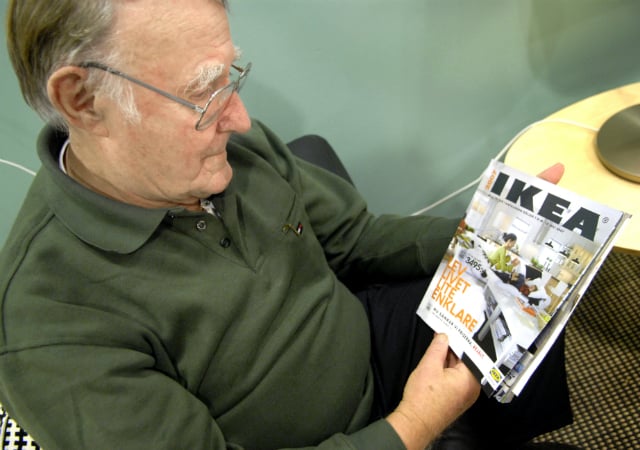
Kamprad with a 2007 IKEA catalogue. Photo: Tomas Oneborg/SvD/TT
He spent over 40 years living abroad
He moved to Denmark in 1973 and to Switzerland three years later. He lived in the suburb of Épalinges, near Lausanne until deciding to return to Sweden in 2014.
Family man
He was married twice. He and his first wife Kerstin Wadling adopted a daughter, Annika Kihlbom. With his second wife, Margaretha Stennert, he had threee sons: Peter, Jonas, and Mathias, who gradually succeeded their father in running Ikea.
Always close to home
Upon returning, he lived in a farm in Älmhult municipality, where the Ikea HQ are located, and about 30min away from where he was born.
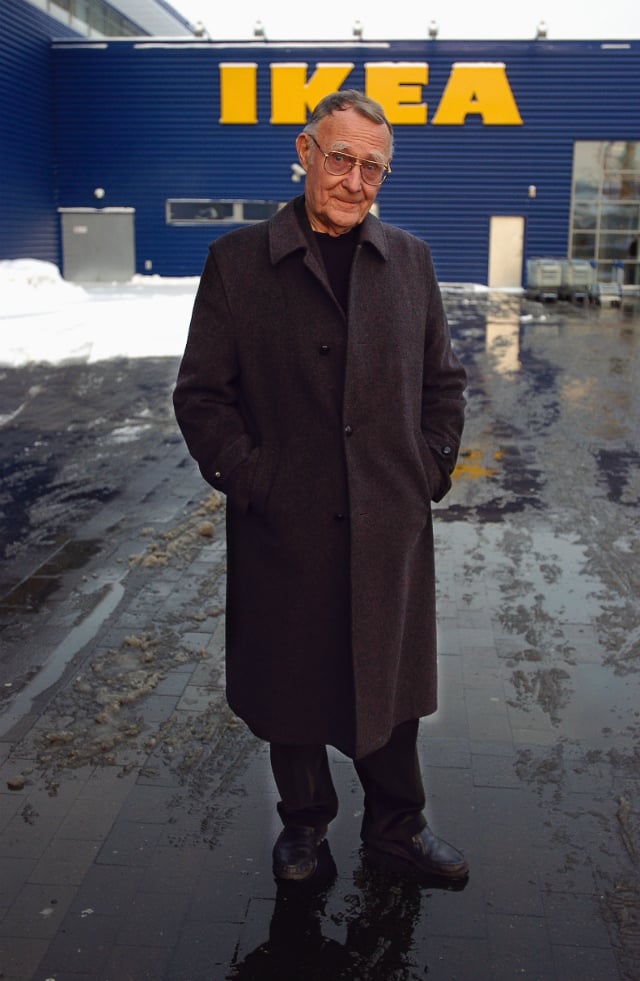
Photo: Björn Larsson Ask/SvD/TT

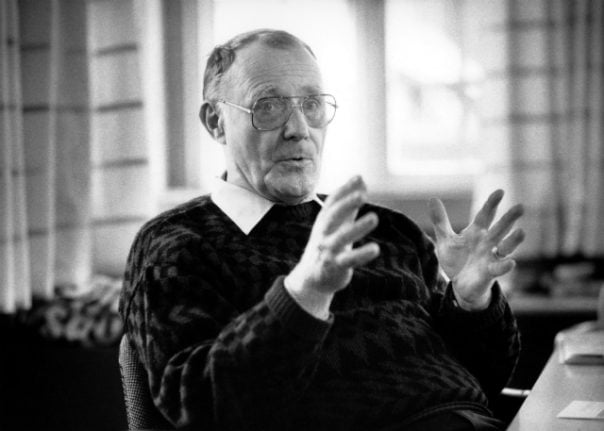
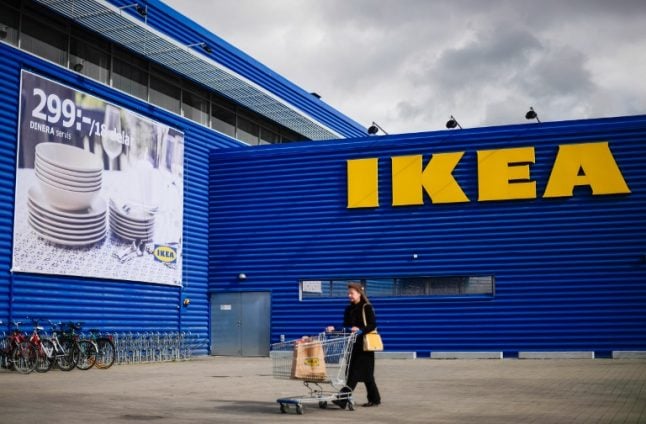
 Please whitelist us to continue reading.
Please whitelist us to continue reading.